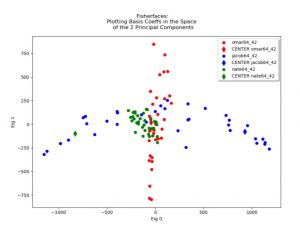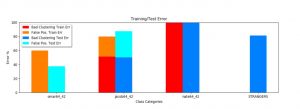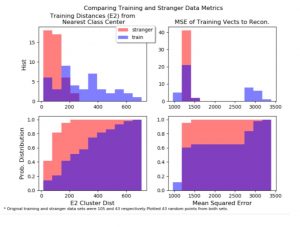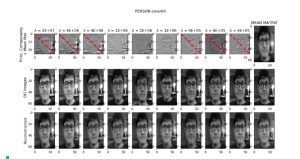- What did you personally accomplish this week on the project?
This was a short week for me since I have been traveling since Wednesday. This week I continued my work on the facial detection code. I have finished coding the Ada-boost classifier that works decently well. I am getting 95% accuracy for Faces, and 50% accuracy for Non-faces. Currently the code is only able to detect a single face in a 24×24 image. The next steps will be to write the sliding window code so that multiple faces can be detected in larger images. I used https://github.com/Simon-Hohberg/Viola-Jones to help guide my implementation.
- Is your progress on schedule or behind? If you are behind, what actions will be taken to catch up to the project schedule?
I think I am on schedule to fully implement a working version of the facial detection by the first week after spring break.
- What deliverables do you hope to complete in the next week?
As mentioned earlier, I have written a classifier that works with images containing a single face. I will now work on the sliding window code to detect multiple faces in a larger image. Once the sliding window is complete, I will continue to optimize to get better accuracy and reduce the number of false-positives.





